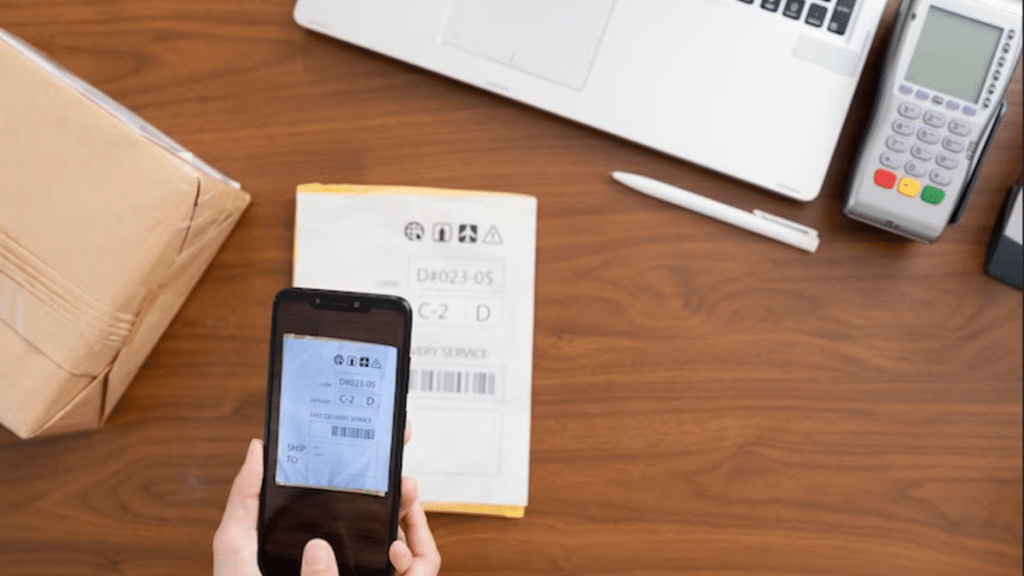The days of tiresome paperwork and manual data entry are long gone. Receipts are undergoing a revolutionary high-tech makeover, with Optical Character Recognition (OCR) taking the lead.
Benefits of Using OCR for Receipts
There are several benefits to OCR technology in receipt administration. One of its main benefits is time-saving, as there is no longer a necessity for manual data entry; you simply scan a receipt, and OCR does the rest. This, therefore, will speed up the process and reduce human errors to a great level.
Accuracy is also enhanced. With OCR, receipts come out to be impressively accurate when it comes to reading them and extracting information, reducing mistakes that can be committed during manual processing, hence encouraging accurate record maintenance and financial tracking for individuals and businesses.
Receipt OCR also organizes paper copies into searchable electronic files. This allows for the retrieval of any specific receipt when needed without struggling with the piles of paperwork.
In this case, the utilization of OCR technology for receipt management streamlines the overall processing, increases accuracy, improves organization, and saves time and effort in handling financial documentation.
How Is OCR Making Receipts More Accurate and Efficient to Process?
Receipt processing OCR technology is revolutionizing businesses. A business can extract data from receipts substantially and accurately through the software.
No more manual-entry errors and time-sucking processing tasks. OCR technology helps automatically streamline receipt management by capturing critical information like dates, amounts, and vendor information.
This higher level of accuracy is not only very time-saving but also significantly reduces the risks of wrong data entry. OCR ensures that the business financial records are far more reliable.
Another significant benefit of using OCR with receipt processing is speed. What could previously take up to a few hours can now be completed in just a few minutes, thanks to automated data extraction features.
Truly making a difference in accuracy and efficiency in receipt processing, OCR technology is changing the game for businesses that adopt it. Those that do will clearly benefit from this innovative tool.
Concerns and Potential Problems in Employing OCR
While OCR technology presents multiple benefits for receipt processing, there might be some potential challenges and concerns regarding implementing the underlying system. For example, OCR software must be very accurate since the mistakes made in text recognition can lead to wrong data being extracted from receipts.
The other issue is that the OCR system needs proper training and calibration so that OCR performance can be optimized across different activities of receipts and diverse kinds of layouts. In addition, privacy and security concerns need to be addressed since susceptible information is stored digitally by OCR technology.
Also potentially problematic is integration with existing accounting systems, which can require both complete compatibility and some degree of customization. Besides, OCR accuracy significantly decreases when dealing with handwritten or poorly printed receipts.
Even with the difficulties that emerged from the application of the OCR technology, these have continued to advance with successive technologies to resolve the concerns and enhance the general efficiency in receipt processing.
Future Possibilities and Innovations for OCR and Receipts
Imagine a world where paper receipts become a thing of the past and seamless digital transactions take place not very far off in the continuous evolution of OCR Technology.
Even more promising is the incorporation of artificial intelligence to use OCR technology to categorize expenses automatically into insightful spending trends for personal and business use. This can revolutionize budgeting and financial planning.
Besides, the enhancement of machine learning algorithms would improve the accuracy of OCR for data extraction from receipts, in turn reducing errors and further speeding up what otherwise would be a manual process of expense management.
OCR is one of the features of the blockchain that could secure digital receipts and authenticate them to gainsay, creating an immutable ledger of transparent and tamper-proof transactions. Looking forward, receipt processing will significantly be transformed due to the synergy with OCR.
Conclusion
Every other advance or innovation in the world of OCR technology simply makes the future for receipts that much brighter. It is the efficiency, accuracy, and convenience of receipt processing that is being revolutionized. We look ahead with eagerness to an almost endless vista of further development in OCR technology. The world of receipts is changing quickly, with OCR at the center. Adopting such technology will carry with it enhanced productivity, reduced errors, and process streamlining to businesses of all sizes. Therefore, as we have just entered this digital era, let us grasp the exciting potential that OCR can provide for receipts.

